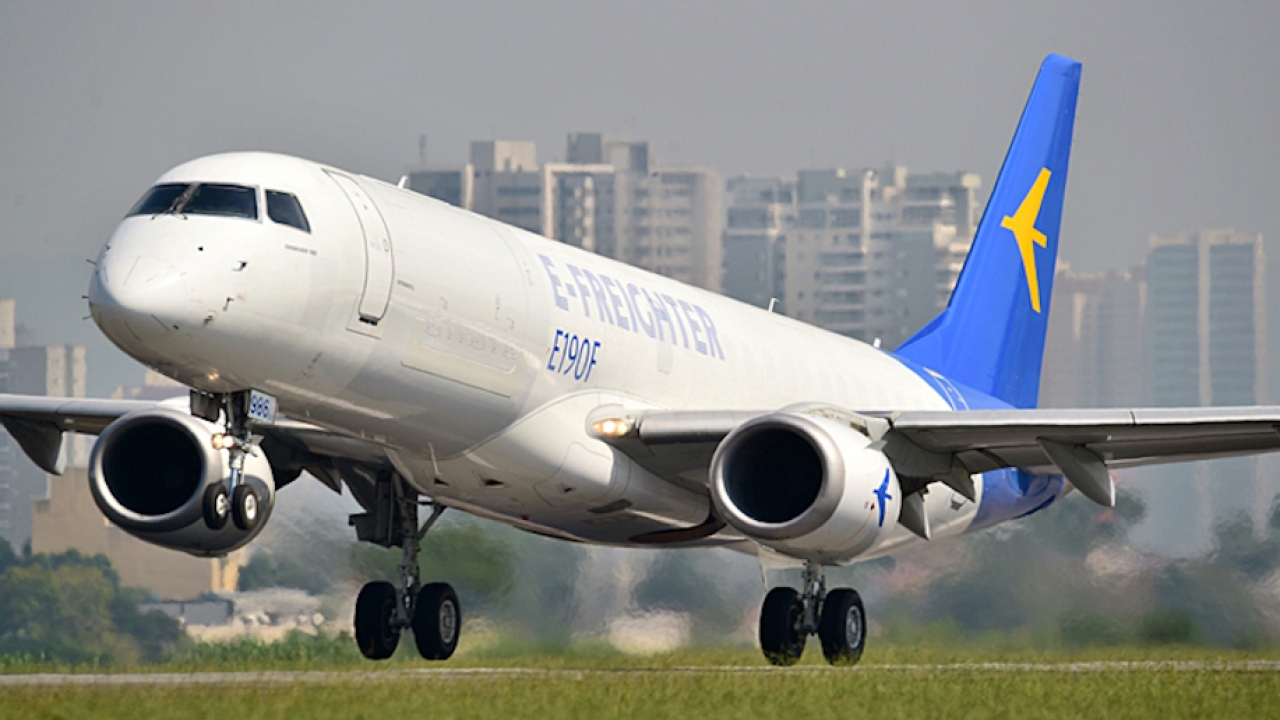Why growing is not a pain for Air Arabia
UAE budget carrier, Air Arabia, has announced plans to enlarge its fleet as it seeks additional capacity to continue its expansion programme. Alan Dron reports.

Air Arabia plans to fly more passengers, further, with its two recent deals to increase its fleet size, according to Group CEO Adel Ali.
The Sharjah-based low-cost carrier (LCC) has now received all the aircraft from its original order for 44 Airbus A320s.
In the autumn last year it went back into the market to top up its fleet with two new orders.
First was a long-term lease agreement with US lessor, Air Lease Corporation (ALC), for six Airbus A321neos. The aircraft will come from ALC’s existing backlog of orders, with deliveries to Air Arabia due between January and October 2019.
That was followed last November with Air Arabia’s conversion of five options for A320s into firm orders. These will be for the current A320ceo version, with deliveries anticipated to be completed by the end of this year.
“We had an option to buy and we thought it was the right time,” Ali told Arabian Aerospace on the sidelines of the Arab Air Carriers’ Organization annual meeting in Casablanca, Morocco.
“We need capacity,” he added. “The A321 gets us 40 to 50 more seats [compared to the A320], which is what we need on certain routes.”
It also, he said, gave Air Arabia slightly more range, to help cope with some destinations on the edge of its current capabilities.
The airline, for example, began services to Urumqi, in northwest China, in 2015 and the new aircraft – which will be the long-range variant of the A321neo – will help with flying to China, certain central Asian and eastern European destinations.
However, said Ali, the additional capacity provided by the A321neo was more important to Air Arabia than longer range; services to Bangladesh, Egypt and Russia were at the point where the airline would require greater capacity, either in the form of additional frequencies or larger aircraft.
The newly confirmed A320s will bolster the carrier’s capacity in the short term, before the A321neos start to arrive in early 2019.
“An A321 would take us a little bit further in Africa. Tanzania is the type of place we would like to go,” said Ali.
China, with its rapidly expanding middle class, which increasingly seeks overseas holidays, is also a good market for the carrier. Russia and Ukraine, whose harsh winters make sunshine breaks in the Gulf an enticing prospect, have suffered recently from devalued currencies and concerns over security in the Middle East, but both markets are gradually returning.
Air Arabia is unusual among Arab carriers in having a multi-hub organisation. Sharjah remains the headquarters, but the airline is the de facto ‘national carrier’ for Ras Al Khaimah and also has hubs in Casablanca, Alexandria and Amman. No expansion into new hubs is currently planned, said Ali, but “we’re open-minded about this”.
The LCC has continued to make progress, despite concerns of over-capacity in some markets. For the first nine months of the 2016 financial year, the latest period for which figures were available at the time of writing, its net profit climbed 15% to AED542 million ($147m) compared to the same period in 2015.
It succeeded in increasing its profits on revenues of AED2.96 billion, up by just 3% compared to the first nine months of 2015.
By the end of September 2016, the airline had carried more than 6.3 million passengers, a 14% year-on-year increase, while maintaining its load factor at 80%.
The figures were achieved, said Air Arabia’s chairman, Sheikh Abdullah bin Mohammed al Thani: “Despite challenging trading conditions driven by excess capacity in the market, political instability in some markets and the effect of lower oil price in the regional economies.
“We remain confident about the long-term prospects for the low-cost industry in the region and our ability to continue with our growth plans, while delivering our value-for-money promise to our customers every day,” he added.
Stay up to date
Subscribe to the free Times Aerospace newsletter and receive the latest content every week. We'll never share your email address.

